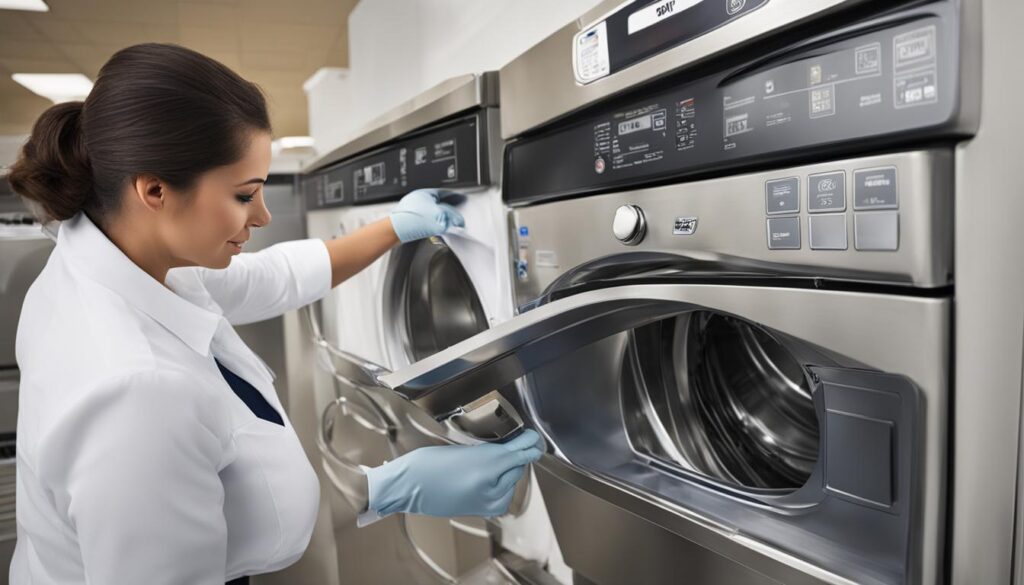Why Food Handlers Should Wear Brightly Colored Bandages: Safety, Compliance, and Best Practices
Introduction: Food Safety and the Role of Bandages
Ensuring the safety of food is a top priority for every foodservice operation. From fast food chains to fine dining establishments, preventing contamination is essential for protecting public health and maintaining trust. One important but sometimes overlooked aspect of food safety is the requirement for food handlers with wounds or cuts to wear brightly colored bandages . This practice is more than a hygiene measure-it’s a proactive step to minimize physical hazards in food and to comply with industry standards and regulations [4] .
Why Are Brightly Colored Bandages Required?
The primary reason some foodservice operations require food handlers to wear brightly colored bandages is to make them easily visible if they accidentally fall into food . This visibility ensures that any dropped bandage can be quickly identified and removed before it poses a risk to customers. Flesh-colored or clear bandages can be difficult to detect, increasing the risk of a physical contaminant ending up in a customer’s meal [1] , [2] , [3] .
Food Safety Hazard Prevention
Brightly colored bandages are considered a control measure for physical hazards -objects that can unintentionally end up in food and cause harm if ingested. In food safety, physical hazards can include anything from jewelry to pieces of equipment, but bandages are a known risk, especially if food handlers are required to cover wounds [3] .
Regulatory Guidance and Industry Standards
Food safety authorities and industry guidelines frequently recommend or require that wounds be covered with a waterproof, brightly colored bandage . For example, Victoria’s Department of Health recommends using brightly colored, waterproof bandages so that they are easy to spot and do not blend in with the skin or food products [5] . This approach is designed to support both compliance and practical enforcement-if a bandage is missing, it is immediately noticeable.
Implementation: How to Meet Best Practices
For foodservice businesses and their employees, following best practices for wound coverage and hygiene is vital. Here are actionable steps for implementing brightly colored bandages in your operation:
- Assess the Need : Identify which roles or tasks involve direct food contact and pose a risk if a wound is present.
- Stock Appropriate Supplies : Ensure your first aid kits and supply areas include only brightly colored, waterproof bandages. Blue is a common choice as it stands out against most foods.
- Train Staff : Educate all food handlers on why using brightly colored bandages is required, how to properly apply them, and the importance of reporting wounds to management.
- Enforce Double Protection : For wounds on hands, require both a brightly colored bandage and a single-use glove over the top. This creates a double barrier against contamination [3] .
- Monitor Compliance : Supervisors should routinely check that all visible bandages are brightly colored and that no unauthorized wound coverings are used.
- Establish Incident Protocols : If a bandage is lost or found in food, have a clear procedure for removing contaminated food and reporting the incident.
Real-World Examples and Case Studies
Many large-scale foodservice businesses, including international fast food chains and institutional food providers, have adopted brightly colored bandages as a standard part of their safety protocols. For example, some operations use blue bandages because this color does not naturally occur in most foods, making it highly visible if lost. In one documented case, a missing bandage was quickly identified in a prepared salad, and the affected batch was removed before any risk reached the customer, demonstrating the effectiveness of this practice [4] .
Challenges and Solutions
Implementing brightly colored bandages can present challenges:

Source: emergingrnleader.com
- Staff Resistance : Some employees may prefer skin-tone bandages for aesthetic reasons. Overcome this by emphasizing the safety rationale and regulatory requirements.
- Supply Issues : Not all suppliers carry brightly colored bandages. You may need to source from specialty vendors or request specific products.
- Proper Application : Instruct staff to ensure that the bandage is securely applied and fully waterproof, and always covered with a glove if on the hand.
- Consistency : Regular audits and clear policies help ensure that the rule is followed uniformly throughout the operation.
Alternative and Complementary Approaches
While brightly colored bandages are a leading solution, complementary controls can further reduce risk:
- Use of Metal Detectable Bandages : Some environments, especially those using metal detectors in quality control, may opt for bandages with embedded metal strips.
- Strict Glove Policies : Always requiring gloves over bandages for hand wounds provides another level of protection.
- Regular First Aid Training : Ongoing training ensures all staff understand correct procedures and the importance of food safety culture.
- Immediate Reporting Procedures : Instruct employees to immediately report any lost bandage or wound dressing to supervisors.
Step-by-Step Guidance for Foodservice Operators
- Review Regulatory Requirements : Consult your state or national food safety authority for specific guidance on wound care in foodservice. For U.S. operators, the FDA Food Code and local health departments provide requirements.
- Update Policies and Procedures : Incorporate the use of brightly colored bandages into your written food safety and hygiene policies.
- Source Supplies : Contact medical and food safety suppliers to obtain certified brightly colored, waterproof bandages suitable for foodservice use.
- Train All Staff : Include the rationale and step-by-step instructions for wound care and bandage use in your onboarding and ongoing training programs.
- Monitor and Enforce : Designate supervisors or shift leaders to check compliance at the start of each shift and during routine inspections.
- Respond to Incidents : Have a clear process for handling lost bandages or wound coverings, including discarding affected food and documenting the event.
- Stay Informed : Regularly review updates from food safety authorities for changes to best practices or regulations.
Accessing Further Guidance and Resources
If you need more detailed instructions, you can:
- Contact your local or state health department for food safety manuals and training materials.
- Consult national food safety organizations or search for “food handler wound care requirements” to find up-to-date best practices.
- Request advice from your medical supply distributor about available brightly colored, waterproof bandage options for foodservice.
- Refer to official government food safety codes, such as the U.S. FDA Food Code or relevant state regulations.
For example, the Victoria Department of Health in Australia provides extensive food safety and hygiene guidelines online [5] . For U.S. businesses, your local health department or the FDA’s official website is the best place to start.
Key Takeaways
Requiring food handlers to wear brightly colored bandages is a simple yet powerful measure to prevent physical contamination of food. This practice not only demonstrates a commitment to customer safety but also helps your operation comply with industry regulations. By following best practices, maintaining proper supplies, and training staff, you can protect your business and your customers from avoidable hazards.

Source: fin-tech.click
References
- [1] Gauthmath (2024). Why do some operations require food handlers to wear brightly colored bandages?
- [2] Gauthmath (2024). Why do some operations require food handlers to wear brightly colored bandage?
- [3] FoodSafePal (2024). 5 Signs and Symptoms Food Handlers Must Report.
- [4] FoodSafePal (2024). Personal Hygiene for Food Handlers.
- [5] Victoria State Government Health (2023). Personal hygiene for food handlers.
MORE FROM hotondeals.com













